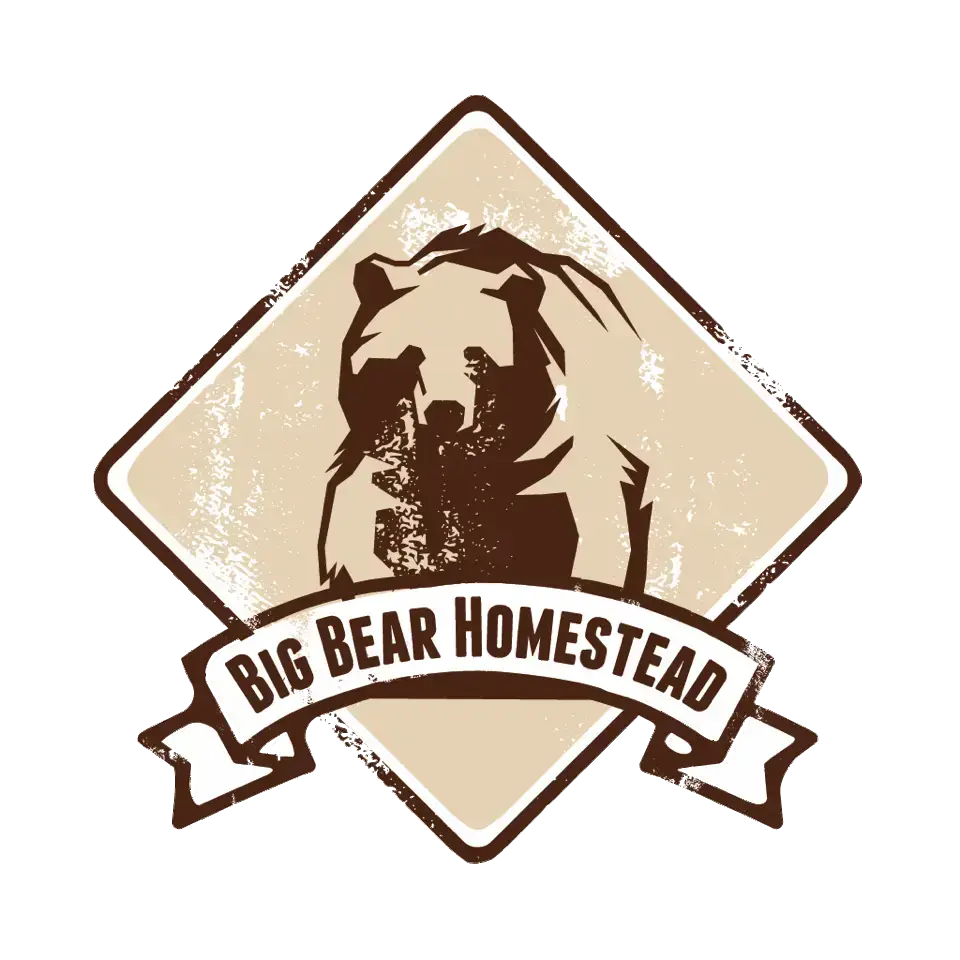“He who must not be named.”

Predator Control on your homestead is probably the ugliest part of homesteading. I like to think of it as the Voldemort of Homesteading. It is the one thing that people don’t want to think about or talk about. But if you have animals on your homestead, a predator attack is inevitable. I would argue it is the predator attack that is the ugliest part of homesteading. What you do after that attack is just another part of protecting your livestock and your harvest.

There is nothing more discouraging than putting your effort into raising your food only to find out that a predator has stolen it from you. Most people accept this loss as “part of homesteading.” But I disagree. There are many things you can do on your homestead to minimize this loss. So, in this section of our website, we are going to cover many different aspects of Predator Control on the Homestead. We will cover topics such as: What is a predator, how to use food buffers, Using deterrents as predator control and trapping basics, just to name a few. We will also talk about the most common predators that you are likely to encounter on your homestead.
Why is Predator Control Important?
Predator Control is a must-have tool in your toolbox as a homesteader. Without it, you are just wasting your time and money. In my opinion, there are many reasons why predator control is so important. The obvious reason is to prevent any loss of livestock or produce. But there is a subtler reason that most people don’t consider. Let’s say an opossum, one of the most common predators on a homestead, gets into your chicken coop and eats one laying hen. Chances are the remaining hens are going to stop laying because they are now stressed out. Or, what if you have a rabbit get into your garden, chews on a melon and doesn’t finish it? Then you have all kinds of insects that are now going to be attracted to that fruit and will damage, if not kill that plant. So, you will not only lose that one fruit or one hen. You will also lose the future production from the plant and other hens.
But by far the most important reason to learn and use predator control on your homestead is the necessity to control the population of predators in your area. A larger population not only increases the chance of a predator attack, it also puts a large strain on the ecosystem of that area. What exactly does that mean?
A strain on the food source in an area can cause animals to become more aggressive and take on bigger risks to eat. Also, when their food source is strained, a predator will relocate to follow a new food source. What does that mean to the homesteader? Well, not only do you have to worry about predators killing your livestock or eating your fruits and vegetables, now you have to worry about them moving into your attic, feed shed or barn. This can be very dangerous for you, the homesteader. Don’t believe me? Walk up on a mama raccoon with her babies and then tell me it’s not dangerous, that is if you survive that encounter.
Another problem with an overpopulated area is a rise in different diseases that could have an effect on you and your livestock like mange, distemper, rabies and so on. In order to keep your animals and crops safe and productive, a good predator control plan is necessary.
Protecting Your Homestead from Predators
So, what can you do to protect your homestead from predators?
- Evaluate your homestead for potential predator food sources
- Secure your designated animal or garden area to discourage predator activity
- Monitor predator activity along the borders of your homestead
- Manage predator population through trapping and hunting
- Make your homestead less attractive to predators than the surrounding area outside your property.
And so much more! Be sure to follow this series as we cover the different methods of predator control and the different tools needed to have an effective predator control plan.
